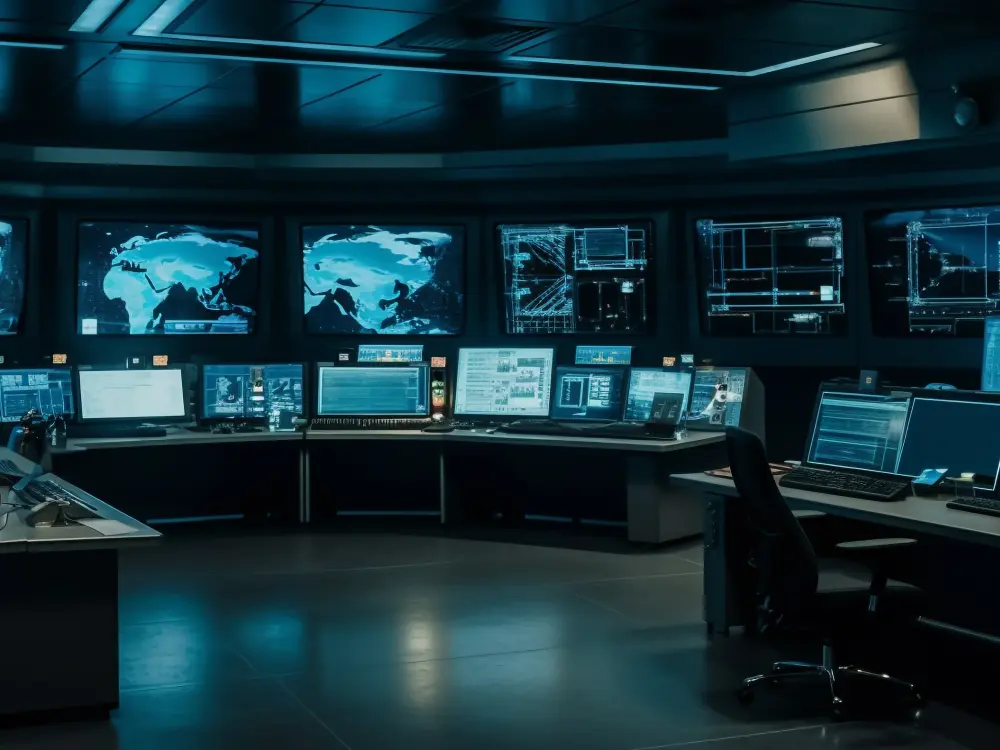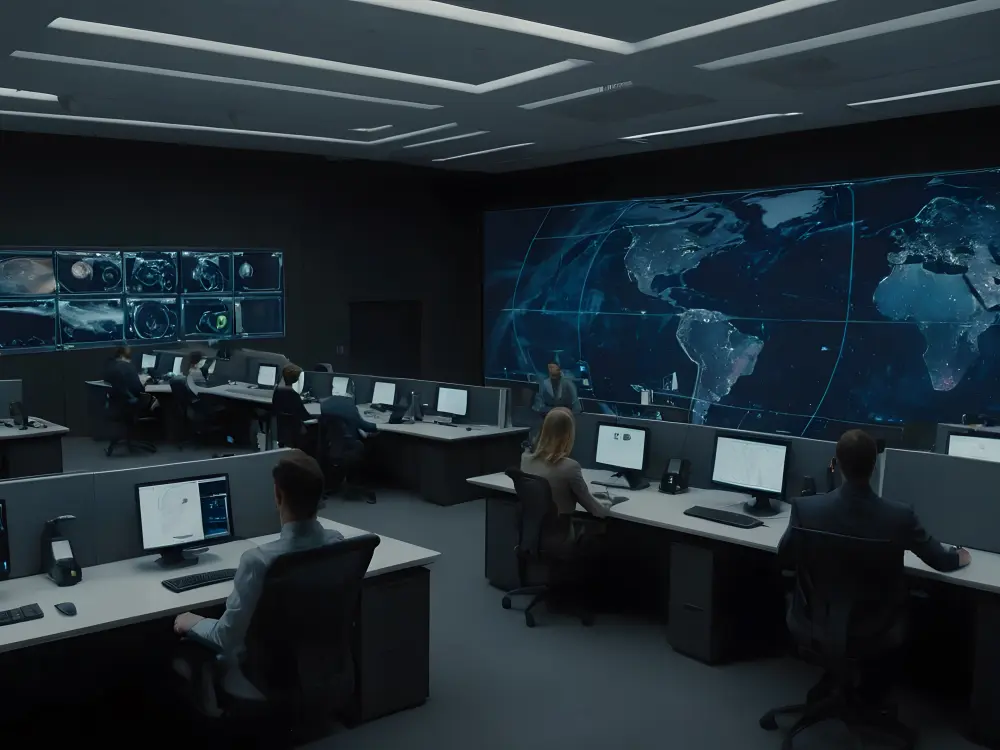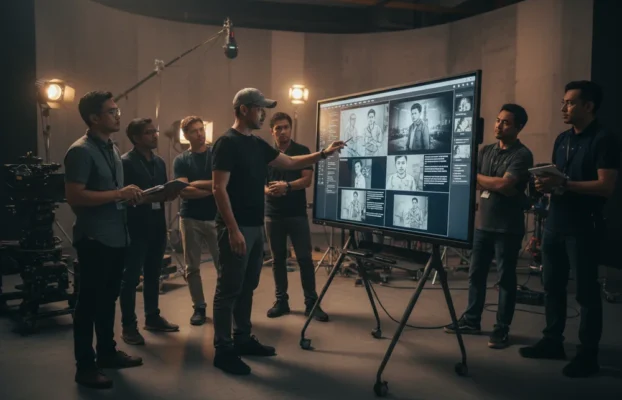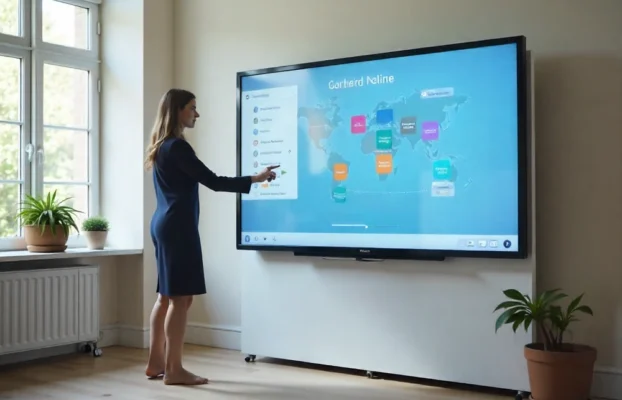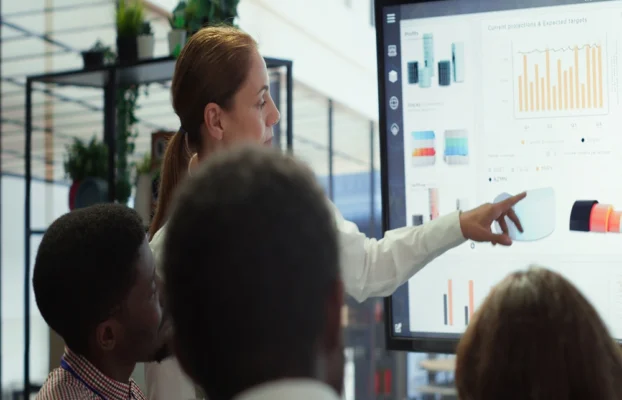Command centers play a crucial role in coordinating emergency response efforts. These centralized hubs are essential in ensuring quick, accurate decision-making during critical situations. From natural disasters to large-scale accidents or public safety incidents, a command center serves as the backbone of emergency management. In this blog, we will explore how command centers work during emergencies and why they are indispensable in saving lives and minimizing damage.
What is a Command Centers in Emergency Response?
A command center is a facility designed to centralize information, resources, and operations during a crisis. It functions as the coordination point where multiple teams—whether from law enforcement, fire departments, medical services, or emergency management—can collaborate seamlessly. Command centers are typically equipped with advanced communication systems, data analytics tools, and real-time monitoring systems, all of which enable decision-makers to maintain control during fast-paced situations.
How Command Centers Ensure Swift Action
In an emergency, every second counts. A command center is structured to ensure that all decisions are made promptly and accurately. Here’s how they facilitate swift action:- Centralized Information Hub: During an emergency, command centers collect and process large volumes of data from various sources—such as 911 dispatch systems, surveillance cameras, and social media reports. By centralizing information, command centers provide emergency responders with a comprehensive understanding of the situation, allowing them to plan and execute actions swiftly.
- Real-Time Communication: Effective communication is vital in emergencies. Command center maintain constant communication with field responders, emergency units, and relevant stakeholders. This allows command center operators to disseminate critical information such as evacuation routes, hazard updates, or medical instructions to the first responders on the ground.
- Resource Allocation: Emergencies often require quick allocation of resources, whether it’s deploying ambulances, firefighters, or medical teams. Command center oversee this distribution, ensuring that resources are sent where they are most needed. With real-time information, these centers can also track the status of available resources, preventing bottlenecks and delays in deployment.
- Coordinated Decision-Making: In times of crisis, decisions need to be made quickly and accurately. Command center help to consolidate the decision-making process by involving the right people and teams at the right time. With real-time data, decision-makers are empowered to respond proactively, whether it’s directing evacuations, issuing warnings, or mobilizing additional emergency teams.
- Public Communication: During emergencies, keeping the public informed is essential. Command centers coordinate public communication efforts, from issuing evacuation notices to providing emergency updates via various channels, including radio, television, social media, and mobile alerts. This helps ensure the public is informed of any necessary actions, enhancing overall safety.
The Technology Behind Command Center
The backbone of an emergency response command center is its technology. Command centers utilize cutting-edge tools that streamline operations and improve situational awareness. Some key technological components include:- Geographic Information Systems (GIS): GIS mapping allows command centers to visualize the emergency situation on digital maps, helping responders to better understand geographic challenges, coordinate evacuation routes, and pinpoint areas of high concern.
- Integrated Communication Systems: Command centers rely on advanced communication platforms that connect different teams and organizations involved in the emergency response. These systems allow for immediate and continuous communication between various units, which is essential for minimizing confusion during a crisis.
- Data Analytics: Real-time analytics provide command centers with insights into the situation, identifying trends, potential risks, and emerging issues. This enables decision-makers to respond proactively rather than reactively, improving the overall efficiency of the emergency response.
- Surveillance and Monitoring Tools: Surveillance cameras, drones, and sensors help command centers monitor unfolding events in real-time, whether it’s a wildfire, a flood, or a terrorist attack. These technologies provide valuable insights and help commanders assess the situation accurately.

